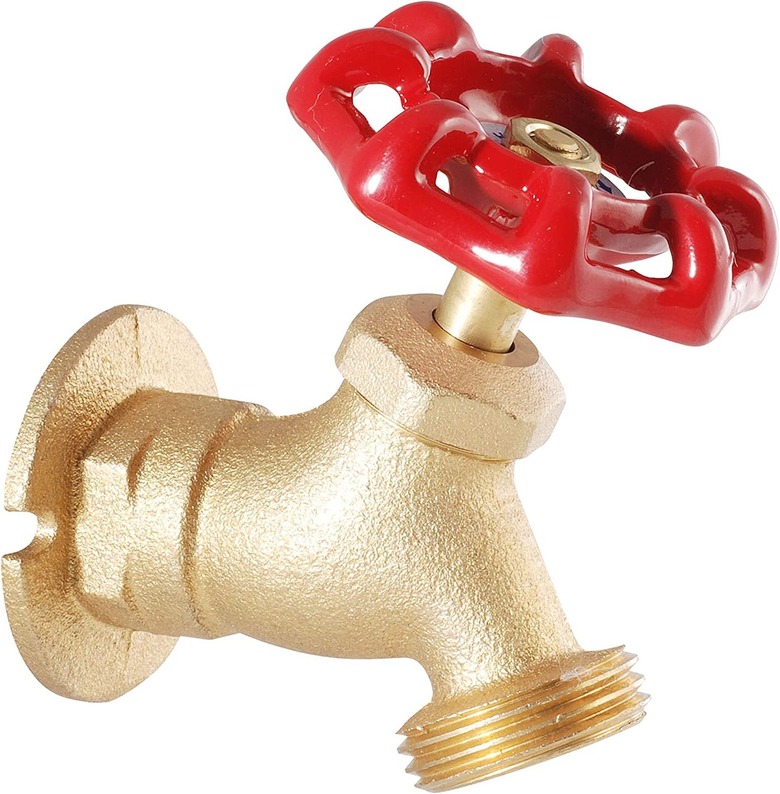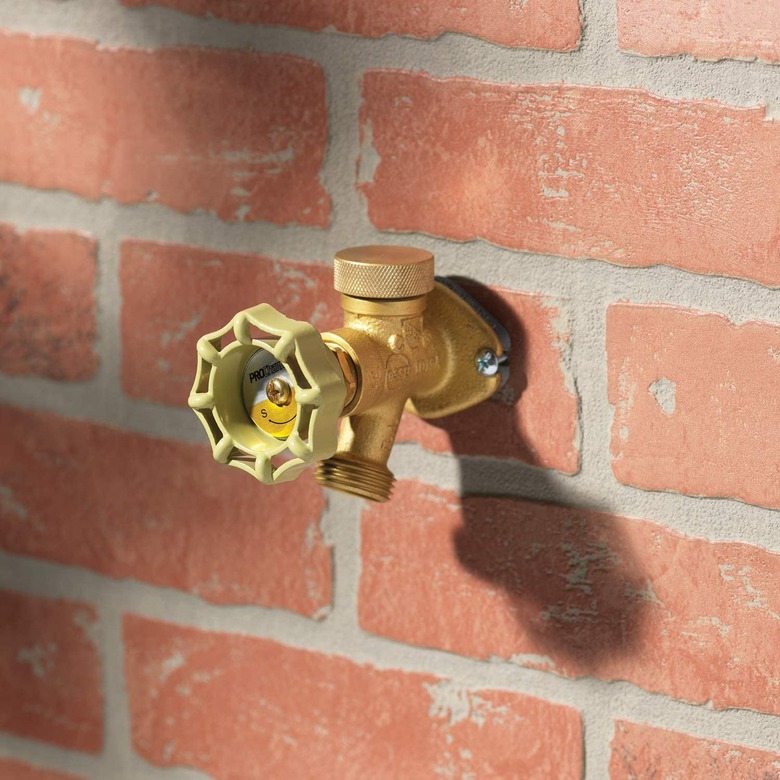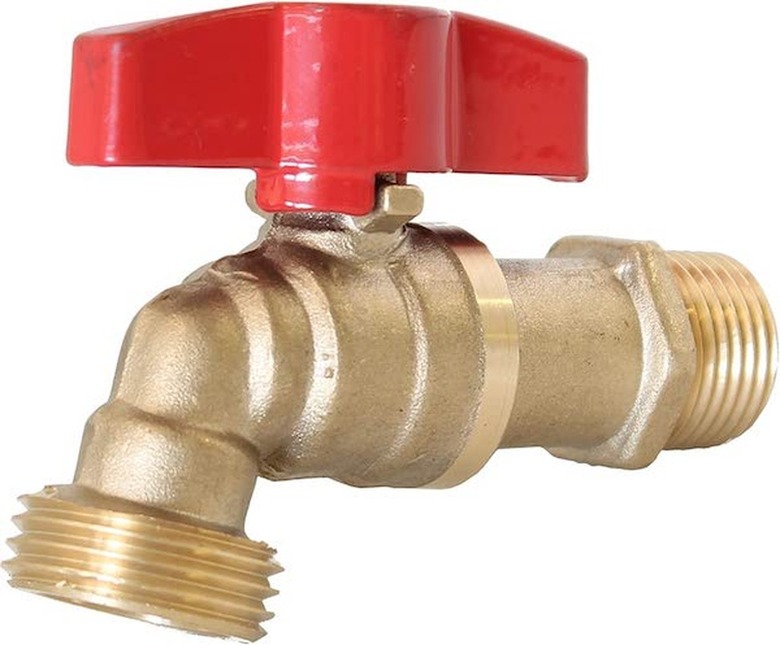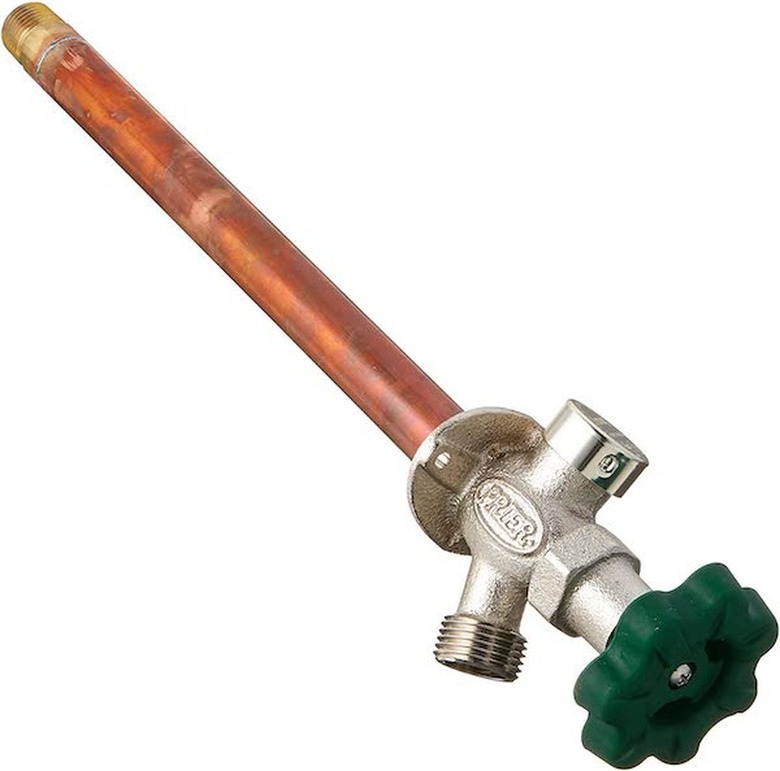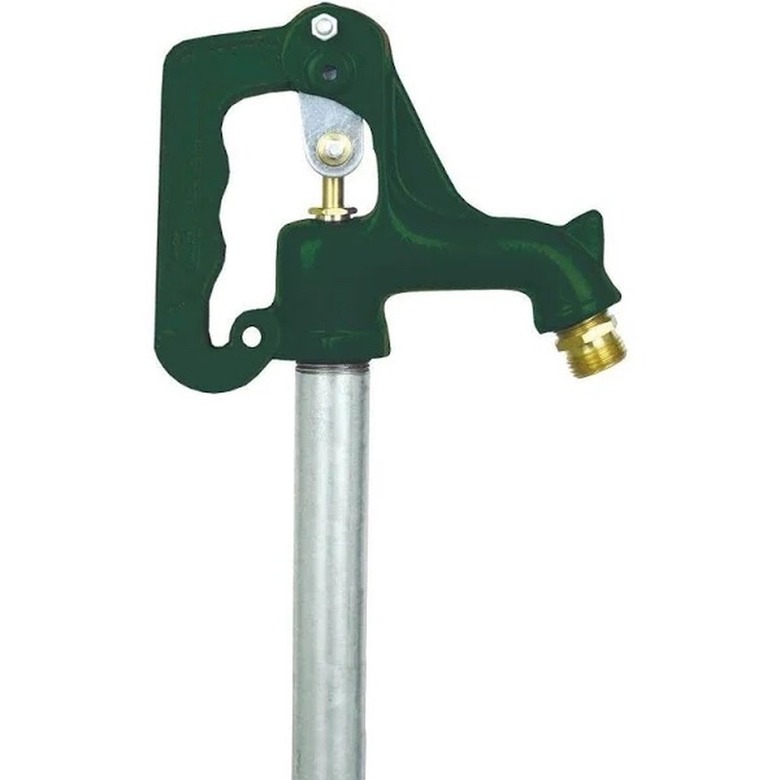The 5 Types Of Outdoor Faucets
Outdoor faucets serve a function similar to that of indoor faucets, but they don't work quite the same way. Faucets that supply water for your landscaping and other outdoor uses usually have a simpler mechanism because you don't need hot water outside. They have to be able to withstand weather conditions without corroding or causing damage in freezing temperatures. You have a few options for outdoor faucets, which offer different benefits depending on your needs. Here are five of them.
1. Spigots and Hose Bibs
Most homes have spigots or hose bibs installed on exterior walls. A hose bib has a threaded spout so you can screw on a garden hose. These faucets have simple compression valves that work by tightening a washer against the valve opening when you turn the handle to the off position. Spigots and hose bibs are usually made of brass or galvanized steel and may last for many years. When one leaks, you usually can fix it by tightening the retaining screw or removing the valve and replacing the washer.
2. Frost-Free Faucets
If you live in a cold climate, freezing temperatures can turn water to ice in conventional spigots or hose bibs. That freezing can damage the valves or break the pipes leading to the faucet. Frost-free faucets prevent this by incorporating a long metal tube that extends inside the house. The valve goes at the far end of the tube to keep water in the warmer environment of the house when the faucet is off. When properly installed at a downward angle toward the outside, the water drains out of the metal tube section onto the ground, so there's no water left to freeze. Leaving a hose attached can prevent it from draining properly and could still result in freezing. Frost-free faucets come with tubes of various lengths and can be installed and repaired the same way as regular compression faucets.
3. Ball-Valve Faucets
One of the most basic faucet designs uses a tight-fitting ball in the valve chamber. The ball has a single hole through which water can pass. When it's turned perpendicular to the faucet direction, the water is off. Common materials for ball-valve faucets are PVC plastic and brass. They don't give as much control over water flow as compression faucets do. This style works best when you want to turn the water completely on or off. For this reason, they are often used as shut-off valves in indoor and outdoor plumbing pipes as well as landscaping lines.
4. Anti-Siphon Faucets
Anti-siphoning, or backflow prevention, is a feature found on many outdoor faucets. You can add this feature to any outdoor faucet by screwing an anti-siphon valve to the spout. Many outdoor faucets come with one pre-installed. It is important to have an anti-siphon valve on your outdoor faucet if it is connected to your drinking water. The valve prevents contaminants from being sucked back through the faucet and into your water. Anti-siphon valves are a requirement on outdoor faucets in some localities.
5. Handy Yard Hydrants
Yard hydrants come in handy in large outdoor spaces that call for water sources away from your home or other buildings. They stick out of the ground with a tall riser pipe leading from the water supply to the spigot. You pull up on the handle at the back of the spigot to start the flow of water with more water flowing the higher you pull the handle. Frost-free versions keep the valve below the frost level. You can turn the valve off and on to determine if water flows through or not. When you have the valve closed, any water remaining in the riser pipe drains out into a gravel bed, so it can't freeze in the pipe.
